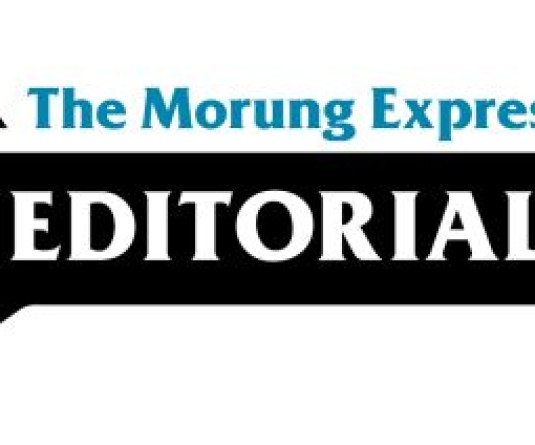
The proposal by the Union Ministry of Heavy Industries and Public Enterprises to re-invest in the now defunct Nagaland Pulp and Paper Mill at Tuli, with an amount of Rs 480 Crores should come as an achievement of sorts for the NPF-led DAN alliance given that, the revival of the Tuli Paper Mill had been one of the major commitments of the Common Minimum Program when the DAN assumed office.
That the Tuli Paper Mill had turned into a sick industrial unit was clearly evident as it had accumulated losses eroding its net worth completely, both the paid up capital and reserves. The Board for Industrial and Financial Reconstruction (BIFR) had rightly recommended winding up of the defunct unit. Besides, the problems arising out of credit flow, infrastructure, market recession, one has to be mindful that a major fault was more internal in nature such as the gross mismanagement, labour problem, overhead cost and obsolete technology.
In the light of the above circumstances, the proposal to revive Tuli Paper Mill cannot be taken lightly. If at all the government is sincere to make this enterprise a profit making venture then any proposal for revival should be welcomed. But at the same time the State government could contemplate setting up of a Special Tribunal by empanelling professionals like CAs, lawyers, financial experts etc for specifically working out a clear framework for the revival, rehabilitation of the Tuli Paper Mill. Rehabilitation measures could include incorporation of the best management practices, capital restructuring, the option of leasing and even the need for introducing corporate governance under strict market discipline.
While any government undertakings in any sector needs to be encouraged, such units, as the Tuli Paper Mill, should also be in a position to work towards welfare objectives and as engine of economic development for that region in particular and the State as a whole. Some of the rationale behind having a paper mill at Tuli is obviously to bring about a balanced development of backward regions in the State besides, generating additional employment opportunities for the local unemployed, as also the commercial aspect, that is, to generate surplus and as source of funds for development. But again one should not lose sight of the past fact-sheet, most notably the mounting losses leading to its closure in the first place. The overhead costs, underutilizing of capacities, overstaffing, political interference, capital losses, faulty controls, inefficient management with a splurge of political appointees not qualified to run the unit. On hindsight though the Tuli Paper Mill was meant to act as an engine of economic growth, it failed to live up to its expectations.
The State government should remain conscious that the basic concept of running a commercial enterprise with government ownership and management is a flawed one. Let’s face it that public sector undertakings have a political dimension since PSUs itself originated with a political mandate. The government with all its political concerns may not be in the best position to take decisions on commercial grounds. All this calls for a paradigm shift from the earlier approach taken for running the paper mill.
The DAN government should come out with a clear road map and the revival package should be placed within a policy framework with sound application of mind on all the vital issues past, present and future. The revival of the Tuli paper mill should not turn out to be a case of bad economics and good politics but one that is based on a sound economic rationale.






